Develops the ability to analyse the external, visual qualities of objects using sensory standards such as colour, shape and size. It also builds the foundation for the development of mental abilities.
Develops the ability to analyse objects and events, see their invisible sides, identify their most essential characteristics, think sequentially, draw conclusions, and classify and systematise information.
Using visual models, children discover the language of mathematics and the concept of measurement, compare different quantities and qualities of objects, and explore the relationships more, less, equal.
Develops a love of story, ownership of story language and a profound understanding of story structure by following a specific set of procedures known as ‘visual modelling’.
Develops productive imagination, symbolic literacy, language and communication skills, flexible thinking, creative problem solving, self-regulation and self-esteem.
Cultivates the essential skills required both for writing and creative artistic expression. Develops ‘art vision’ and introduces different symbolic tools, composition, rhythm and colour.
Develops spatial awareness and the ability to ‘read’ maps. Children look at objects in space and use symbols to represent what they and others see through visual models – maps, schemes and plans.
Through shared activity, children discover symmetry and pattern by manipulating geometric shapes to create artistic compositions of the world around them. Develops co-operative and social skills.
Develops mathematical and goal-directed behaviour. Children analyse the structure of objects, plan, explain their plans and execute them using wooden modular building blocks.
Through games, stories and simple yet powerful experiments, children discover important scientific concepts – states of matter, different qualities of substances and transformations.
Develops emotional intelligence, non-verbal communication skills, creativity and productive imagination through body movement, gestures, facial expressions and music.
Using symbols and visual models, children learn about themselves as physical, emotional and social beings, and about the natural and material world – about living things and inanimate objects.